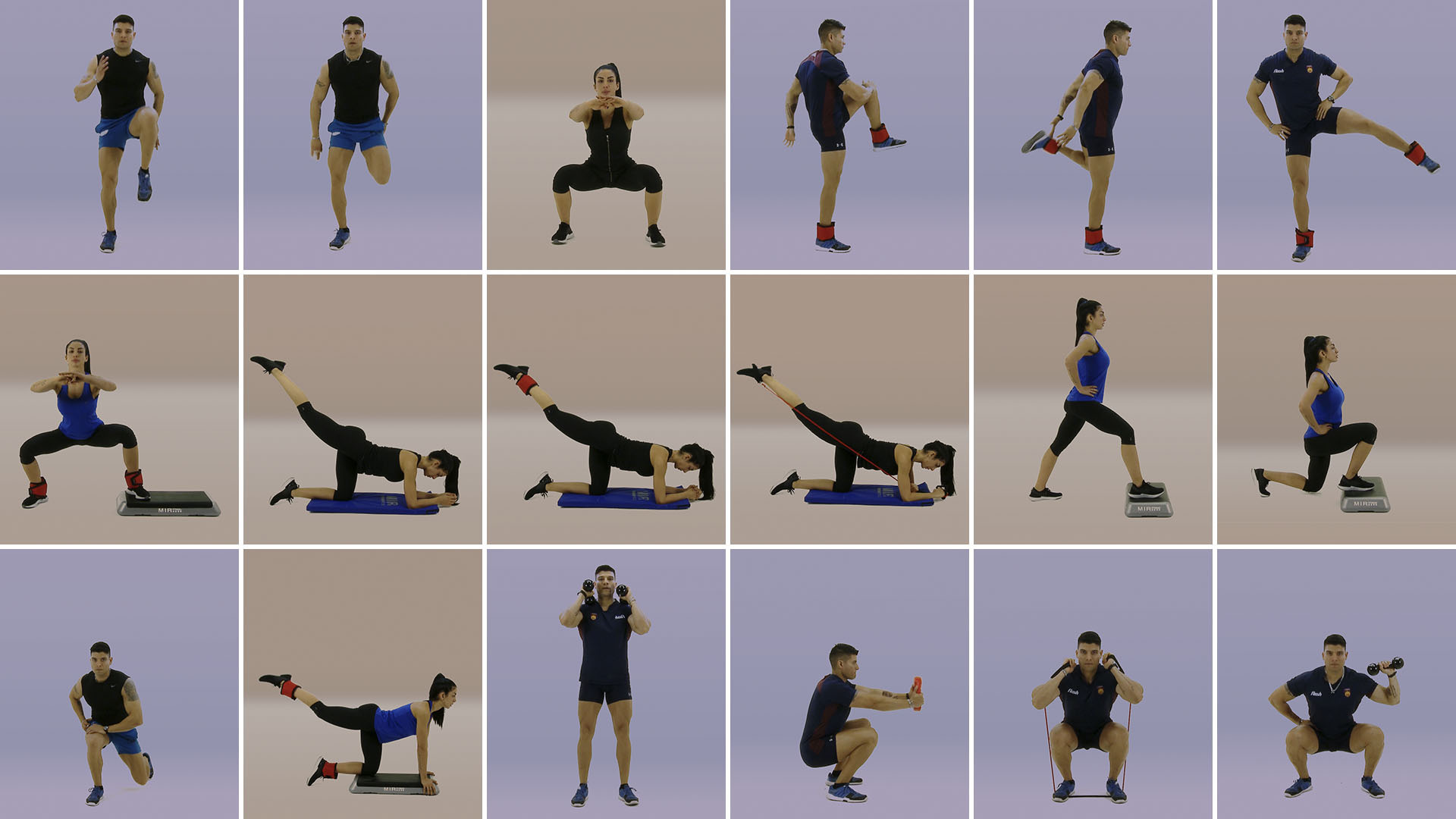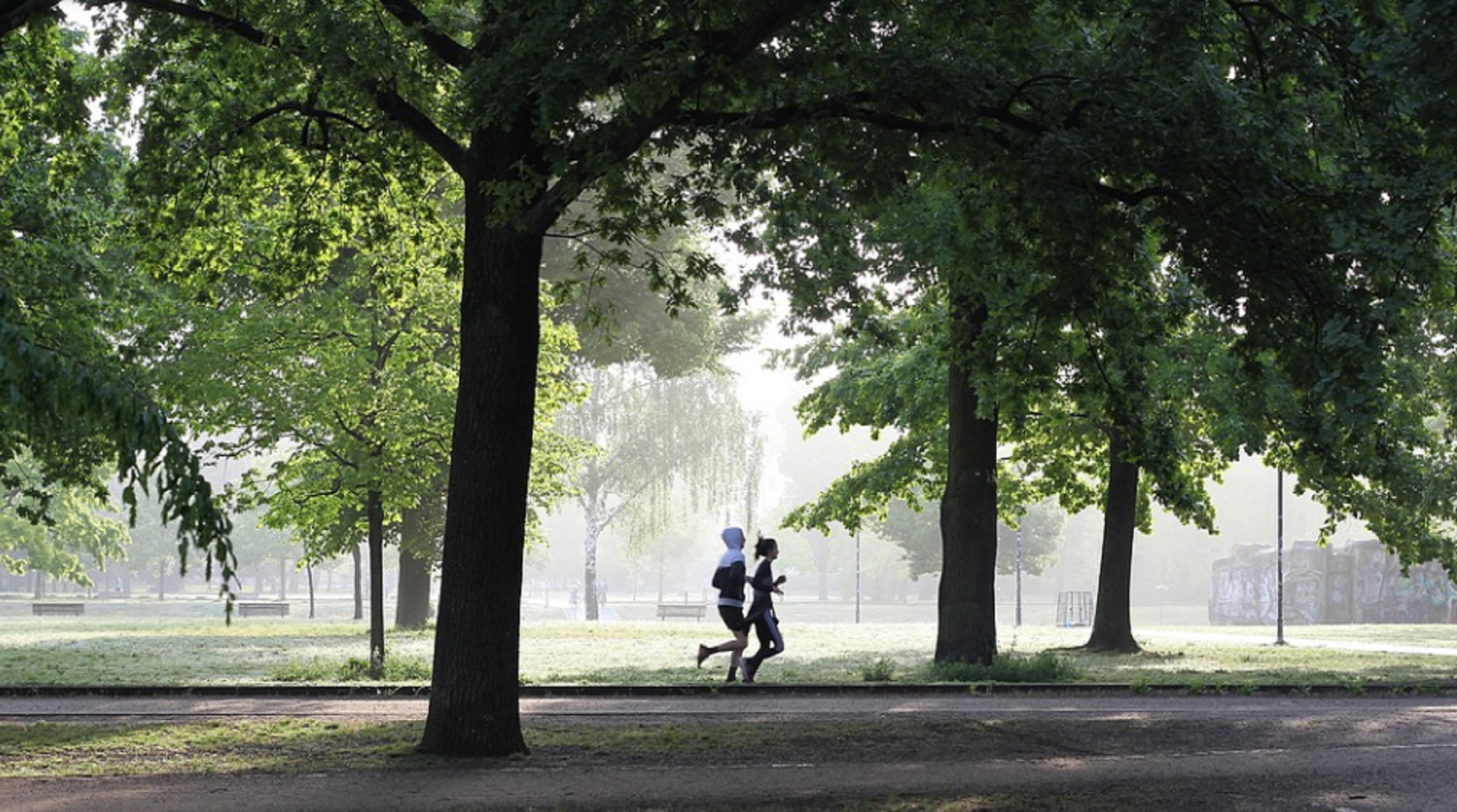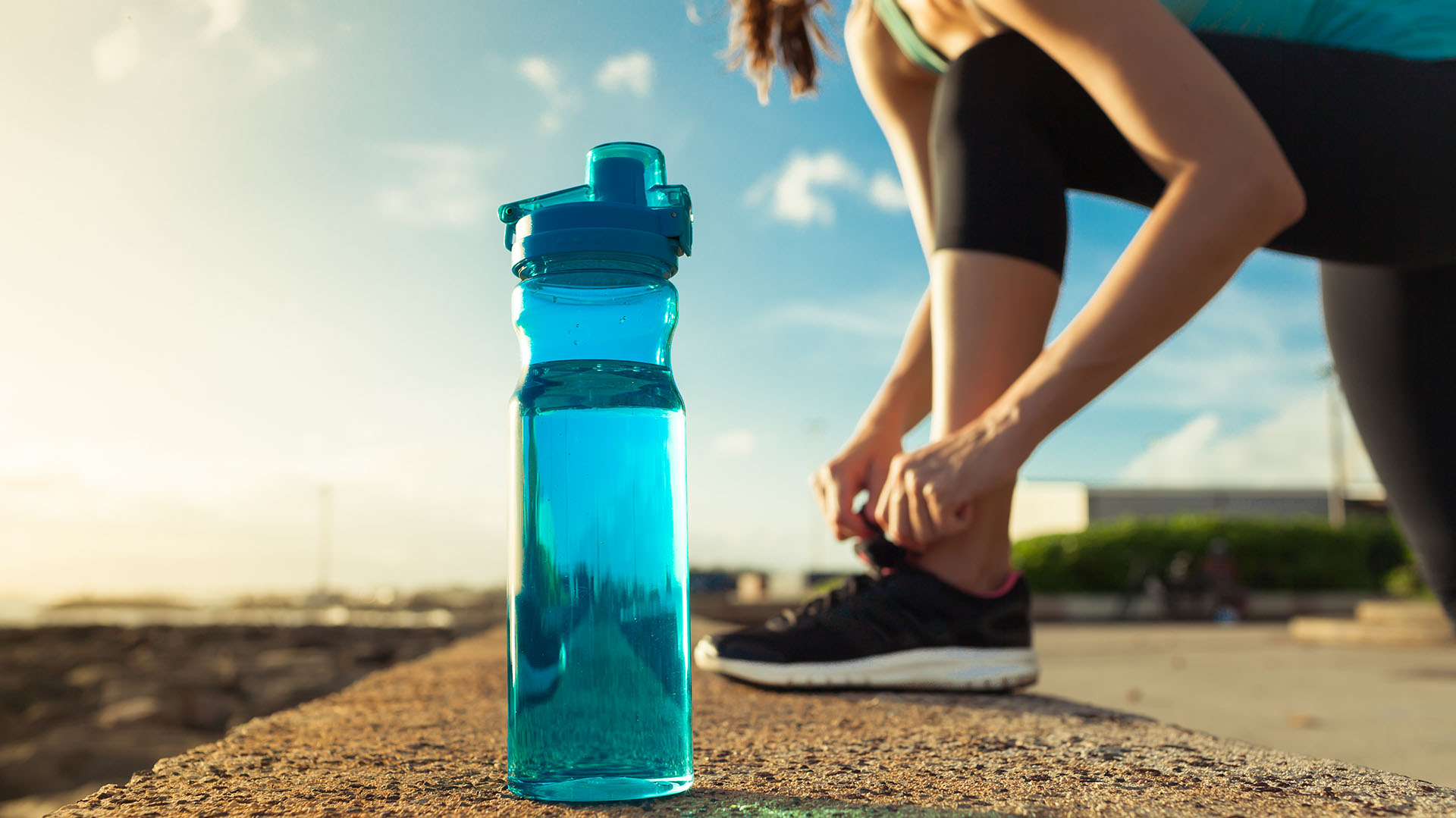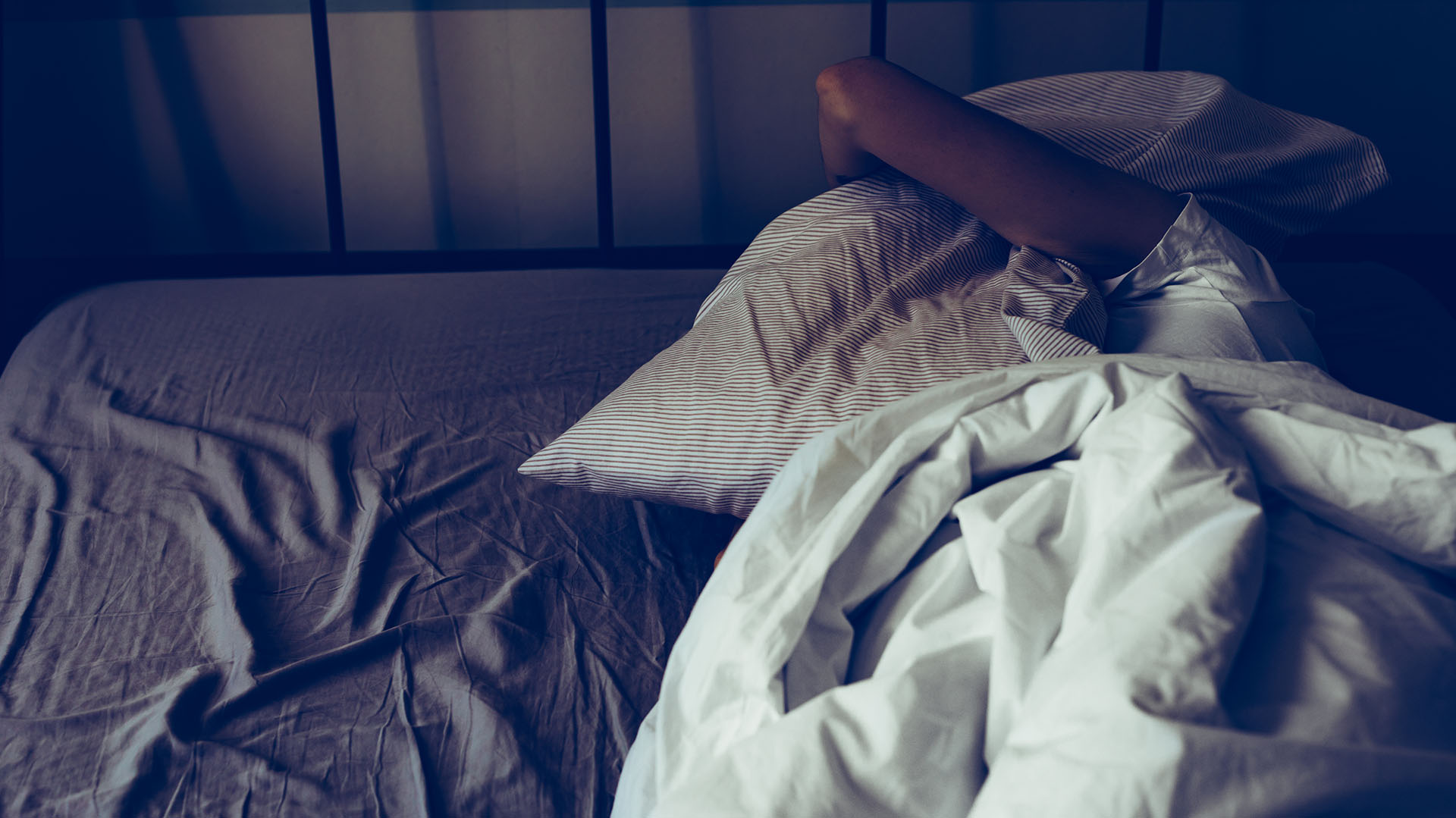
Keeping the muscles of the legs and buttocks strong makes us look “fit”, but they are also very important for overall functioning. We need strength in our legs to move effectively and maintain good standing posture. In addition, strong muscles in the legs and buttocks also help prevent injuries. Now, researchers have linked leg strength to healthy aging.
We have given ourselves to the benefits of yoga at home. To all the good things that the abdominal plank has. To the online classes (via Youtube or Instagram) that most resemble those in the gym. To fitness apps that allow us to keep training and track our processes. On this pilgrimage of home fitness, it was fair and necessary to talk about the exercises that work best when it comes to working two of the areas of our body that treasure the most requests to be worked on: buttocks and legs.
In addition, if we consider that, as experts confirm, we tend to make quite common mistakes during buttock training that prevent us from seeing results — not knowing how to activate them, doing cardio at the beginning of the session or not taking enough protein are some of them — it seems fair and necessary to be clear the roadmap to follow when we want to do gluteal exercises at home.
“For home training to really work, we must have a minimum of materials. You don't need a lot of elements. If we are going to focus on glutes and legs, with bands and a dumbbell according to each student, we will be more than okay. It's essential to keep in mind that not everything you see on Instagram or YouTube is good for everyone. Going from the simplest to the most complex and doing it progressively is key. If any exercise hurts, it is vitally important to consult a professional. Let's remember that in physical activity more is not better. Only better is better,” said Christian Carrizo, a bodybuilding instructor and physical trainer certified by the NEF Schools, coach in general physical preparation, crossfit and weightlifting, and member of the Argentine Wushu-Kung Fu Team.

Along the same lines, in an interview with this medium, the personal trainer of Argentina's most important celebrities and businessmen, Daniel Tangona, who is also a certified personal instructor by the National Council on Strength and Fitness (NCSF), said: “In times like these, working body, mind and spirit, is much needed. It is very important to spend energy in the gym, lift weights and do cardio work. Activities that generate endorphins, lower cortisol levels and in which all neurotransmitters work are beneficial. Going to a gym and leaving life all it does is stress us more. Creating a quality of life, health and well-being plan is not impossible, but it must be put together by professionals who are committed to quality of life and well-being.”
For this, Sandra Lordén, personal trainer and expert in sports nutrition, developed for Vogue magazine a table with 10 exercises to strengthen buttocks and legs that we can do at home, no matter what level we have. There are some of the most traditional and most effective. To perform all the exercises and adapt them to your training level, it is necessary to follow the instructions of a specialist regarding the number of repetitions, rest times (between sets and exercises) and loads.
1. Sentadilla
From the standing position, look straight ahead with feet open shoulder-width apart and tips slightly outward. Go down with your back straight, flexing your hips and knees about 90 degrees, approximately. Then, return to the starting position. The arms can be extended forward to aid in execution.
Recommendations:
Keep your back always straight. To increase the difficulty you can include weight in its embodiment, either with a bar, dumbbell or elastic resistance band.
2. Zancadas alternas
From a standing position, take a long step forward until the knee of the back leg contacts the ground. Return to the starting position and exchange the advancing foot.
Recommendations:
Make a descent in a vertical plane with your back straight. Try to lower gently until your back knee connects to the ground. To add difficulty, you can use dumbbells or weights on the sides of your hands.
3. Gluteal bridge
The starting position is lying on your back with your legs bent and your feet flat on the floor. From here raise the pelvis by taking off the buttocks from the floor until the body is aligned.
Recommendations:
Keep the body well aligned (pelvis, trunk and shoulders). Descend smoothly. To add difficulty to it can be performed unilaterally, supporting only one of the legs.

4. Peso muerto
The starting position will be standing, with the legs slightly wider than the width of the shoulders. Place the object to be lifted from the ground in the middle of the legs (it can be a dumbbell, a bottle of water, a backpack with books). Start lowering your legs with your chest facing the front, throwing your buttock slightly back (as if you wanted to sit) and trying to go down with your back as straight as possible. With both hands at once, grab the object tightly and pull it up. Do this using the strength of the legs and back, preventing the arms from participating in this movement.
Recommendations:
Keep your back always straight. Pull out your chest and do not bend your shoulders forward.
5. Zancada lateral
The starting position is standing, with your back straight, looking straight ahead and your feet resting on the floor. Then move one of the legs horizontally (this can be done by sliding it on the floor or lifting it). The shifting leg should be fully stretched, while the supporting leg will remain in a 90-degree bend. Pick up the displaced leg by returning to the starting position.
Recommendations:
Place your arms facing the front to improve stability.
6. Step-up alterno (o subidas al cajón)
The starting position will be that of standing in front of a higher surface (it can be a ladder, a drawer, a chair or a bench). First, take one leg off the ground until it rests on the highest surface. Then, the leg that remained on the ground, will be detached to be placed next to the other on the highest surface. Finally, the return to the starting position will be done in reverse, so that the same leg that was the last to climb will return to the ground again and then the other one will follow. And the next repetition will start with the opposite leg to alternate them.
Recommendations:
Start with a lower surface until you master the technique and then increase the height. Keep your back straight at all times. The supporting leg on the chair should be placed at 90 degrees.
7. Frog pump
Lie on your back on the floor, placing the soles of your feet together pushing against each other, so that your knees fall to the sides (simulating the position of a frog). From this position raise the buttock upwards without losing the linearity of the trunk. Descend to the starting position.
Recommendations:
It is important to raise the hip off the ground in a wide open way, going up and down without taking off your feet. Do not take off the upper back at any time.

8. Gluteal kicks in quadrupedia
The starting position is in quadrupedia, with knees and hands resting on the floor. Place your hands open shoulder-width apart and knees straight, just below the hips. Start with one leg first, keeping your knee bent at 90 degrees and raising your leg until it is at hip level. Then, lower the knee until it reaches almost the ground and repeat the movement. Once the repetitions have been completed with one leg, switch and repeat the same thing with the other.
Recommendations:
It is very important that the spine is straight so that the body forms a line that runs from the shoulders to the hips. Try to keep your shoulders down and away from your ears throughout the exercise. You should stick your stomach in and contract your abdomen during exercise.
9. Side kick abduction
The starting position is lying on one side with the legs fully extended, one on top of the other. Raise the leg from above to the top by approximately 45-70 degrees (until reaching the point of maximum gluteal contraction, without bending of the spine). Then, return to the starting position — without letting your leg rest completely on the lower leg — and repeat the execution. At the end of the repetitions do the same thing with the other side.
Recommendations:
If the elevated leg is held for two seconds, the force work on the legs will be concentrated even more. To increase the workload, place an elastic band or weight on the upper leg.
10. Abductor Kick
The starting position is lying on one side. The lower leg should remain straight, without touching the ground, while the upper leg will be flexed and will serve as a support against the ground. Once placed in the starting position, dynamically raise and lower the lower leg.
Recommendations:
If the natural position of the arm on the side supported is uncomfortable, it can be placed straight or bent the elbow and support the head of it. It is important to maintain a neutral position of the spine throughout the range of motion.

A plus: the importance of diet, rest and cardio
The key to working this part of the body is above all in strength exercises (also with weight). In fact, if you are thinking of combining this exercise routine with a mini cardio session, it is essential to do it at the end and not at the beginning to avoid starting the gluteal work session with the muscles already fatigued and without full fuel, which would not allow it to be done at the same time intensity.
Although this workout is one of those alternatives to save to favorites to do frequently, virtue is in the middle. And that means that it is not a workout that should be carried out every day, but about 2 or 3 times a week to rest 48-72 hours between sessions.
It is important to remember that the effectiveness of these exercises will be enhanced if it is complemented by a balanced diet that includes good doses of protein foods since they are the ones that give energy and help to gain muscle mass. The most recommended proteins are those of high biological quality.
With 40 years of experience, Tangona seeks to change sedentary habits and take care of the health of its students, without neglecting the mind and emotions so that everything works harmoniously. This is what holistic training is all about, which the expert himself explains in his book A path without excuses, in which he reveals how to train the body, mind and emotions. “Nowadays, those of us who are able to go outside, instead of going by car or subway to work, can do it on foot or by bicycle, two means that, in addition to being economical, add a lot of health to our daily lives. What is useful is the daily sum of movement”, he stressed.
“To complement all this we do, we have to have very good hydration. Let's remember that we are 80% water. Also, breathe deeply and consciously. On the other hand, another not minor fact is the subject of sleep. If you don't sleep you can't regenerate the energy your body needs. We must rest, be able to stop a little and try to sort out the dream. The body adapts to the bad but it also adapts to the good”, he concluded.
Asked about the habits to complement the training, Carrizo stressed: “In this order we must: respect our hours of sleep at night, of at least eight hours, maintain a good diet and, if possible, that a professional in the area follow up generally”.
KEEP READING:
Últimas Noticias
Debanhi Escobar: they secured the motel where she was found lifeless in a cistern
Members of the Specialized Prosecutor's Office in Nuevo León secured the Nueva Castilla Motel as part of the investigations into the case

The oldest person in the world died at the age of 119
Kane Tanaka lived in Japan. She was born six months earlier than George Orwell, the same year that the Wright brothers first flew, and Marie Curie became the first woman to win a Nobel Prize

Macabre find in CDMX: they left a body bagged and tied in a taxi
The body was left in the back seats of the car. It was covered with black bags and tied with industrial tape
The eagles of America will face Manchester City in a duel of legends. Here are the details
The top Mexican football champion will play a match with Pep Guardiola's squad in the Lone Star Cup

Why is it good to bring dogs out to know the world when they are puppies
A so-called protection against the spread of diseases threatens the integral development of dogs




